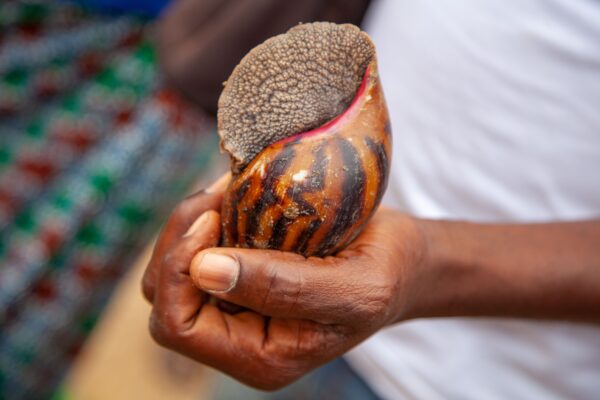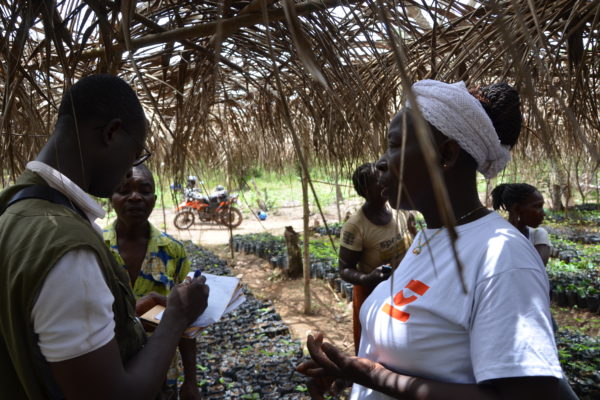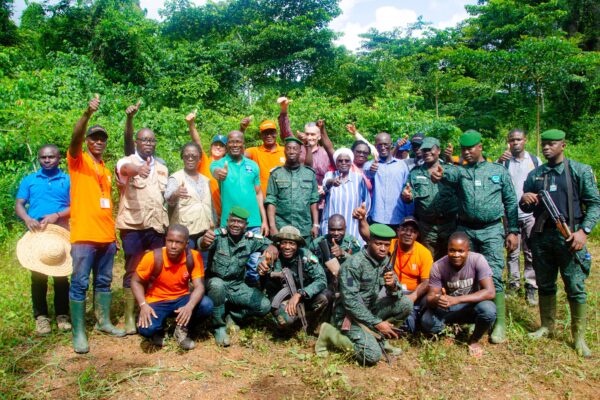In all great tales, the real adventure starts when the hero dares to look down the deep and dark well, finding the courage to step towards the unknown.
This is the first of a series of 5 blogs on our work with the company Maison du Monde and its work to transform its supply chain in India.
Part 1: Cultivating beauty in the mud of supply chains
Once upon a time in France lived a man whose life mission was to travel the world in search of the most beautiful and exotic objects and bring them back to decorate the lives of his people. Mr Marie, the founder and CEO of Maison de Monde (MdM), and his organisation have a unique talent of finding furniture in far away places and literally “bring the world to people’s homes”. I am not exactly an interior designer myself, but stepping into an MdM store for the first time, I could not help but admire how such diversity of objects from places as distant as Morocco, Indonesia and India had been somehow brought together to create great aesthetic harmony.
The lotus is the national flower of India and has important symbolic and spiritual meaning. “Pankaja” is the Sanskrit term often used to describe the flower and literally means “mud-born”. Its symbolic meaning is thus that our deepest potential as human beings, just like the beauty of the lotus flower, arises from mud and darkness. In other words, we need to look and engage with those darkest corners to eventually flourish as enlightened beings and societies, hoping to become just like those ubiquitous representations of the Buddha, peacefully sitting on an ever flourishing lotus flower.
This is a metaphor for our inner worlds. Yet it seems to me that, in today’s outer world dominated by consumer products, supply chains are the mud and dark corners that no one seems courageous enough to look at. We extract those beautiful lotuses while not tending to the soil on which their future growth depends. The supply chains are the roots of the lotus going deep in that soil and if they do not work with the natural and human ecosystem that surrounds them, they create Wastelands and endanger the survival of the lotus itself. This is what the TFT team around the world is deeply involved with, working in those dark places, knee deep in the mud, striving to shine light on them, and helping the people and organisations within those supply chain ecosystems change for the better.
In the case of MdM, one of their lotuses took the form of beautiful furniture products made from Shisham wood. When we first started to work together, the company was selling those without knowing from which ground and mud they came from. Was this ground fertile for the people living there, for the lotus to flourish over the long term?
With the idea of first getting transparency all the way to the raw material source, the journey to the root of the lotus and through the mud of MdM’s supply chain in India led to painful ordeals, magical discoveries and eventually transformation that rewarded the people courageous enough to start this sort of quest.
My colleague Sylvain Renou and I recently embarked on a journey in India down the roots of the lotus ready to meet the heroes and villains of MdM’s quest. Sylvain armed with his camera and illustrations journal, me with my questions and notebook. We did not find what we expected. It turns out that India is everything mixed together, good and bad, spiritual and material, all within the same place, the same organisation, the same people. It seems impossible to ever come up with a definitive impression of what is going on; a reality too complex and mysterious to grasp with a simple answer. Ask anyone who has been in India, you will rarely get indifference as an answer. While there I have been, in the space of an hour; angry, frustrated, humbled, inspired, and marvelled.
Yet I can’t help but wonder if India’s contradictions, paradoxes, surreal encounters – in other words its fairy tale attributes – do not actually make it a world more genuine and closer to the truth of the human condition than others. India is a place both so intensely beautiful and desperately ugly, perhaps because it does not pretend or hide its darker sides as much as other places. Life is there for all to see, in all its dance, chaos and irrationality.
That makes India a particularly interesting place to learn from as we embark on a journey through the mud of supply chains. Because through the daily chaos and struggles, what is ultimately possible to see and feel in India perhaps more genuinely than elsewhere, beyond the words and promises, is if our work is overall heading in the right direction; if the pattern emerging is one of care and learning; if nature and people seem to be working towards healing and restoration rather than destruction.
In the coming weeks we will tell you more about what we have found.


